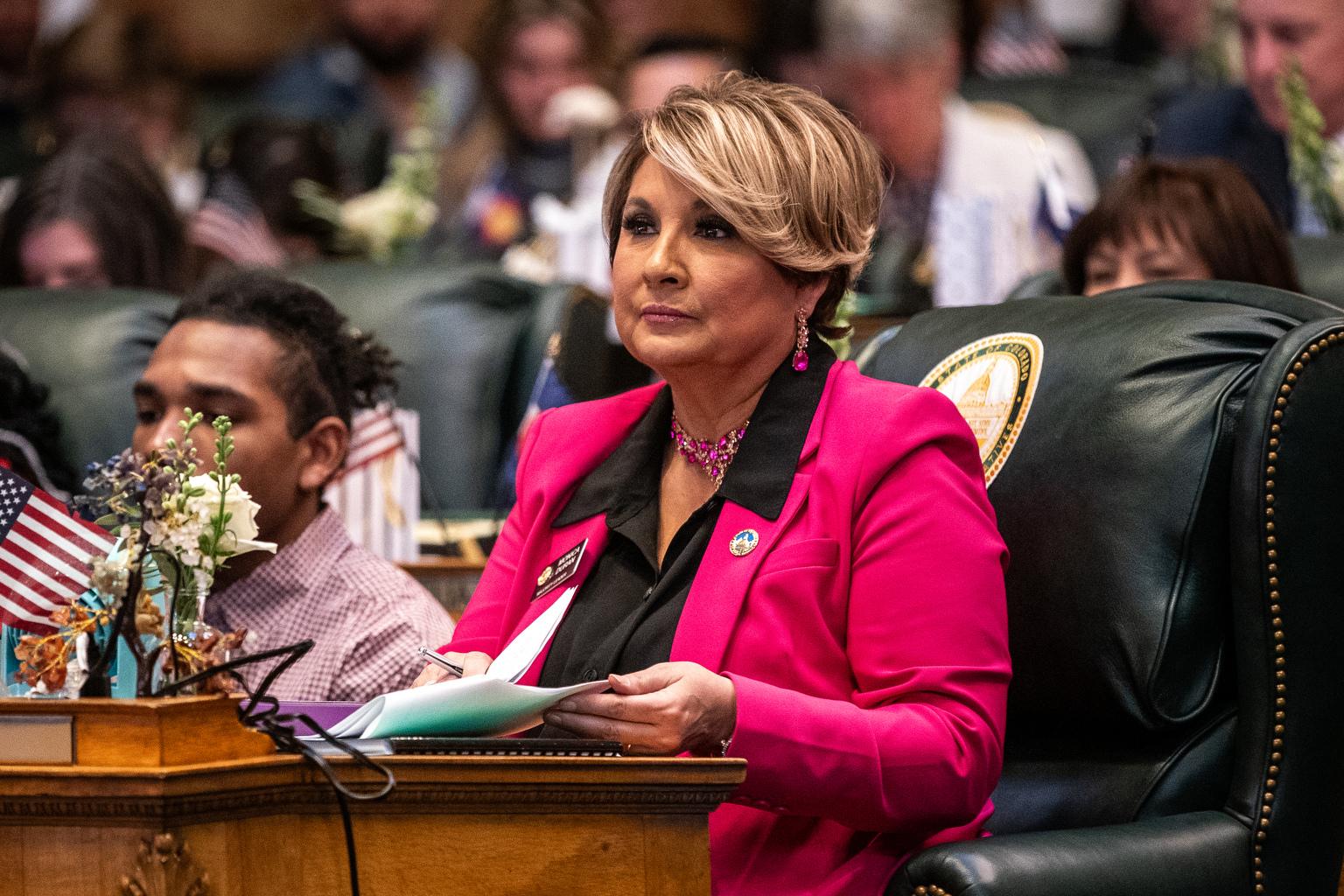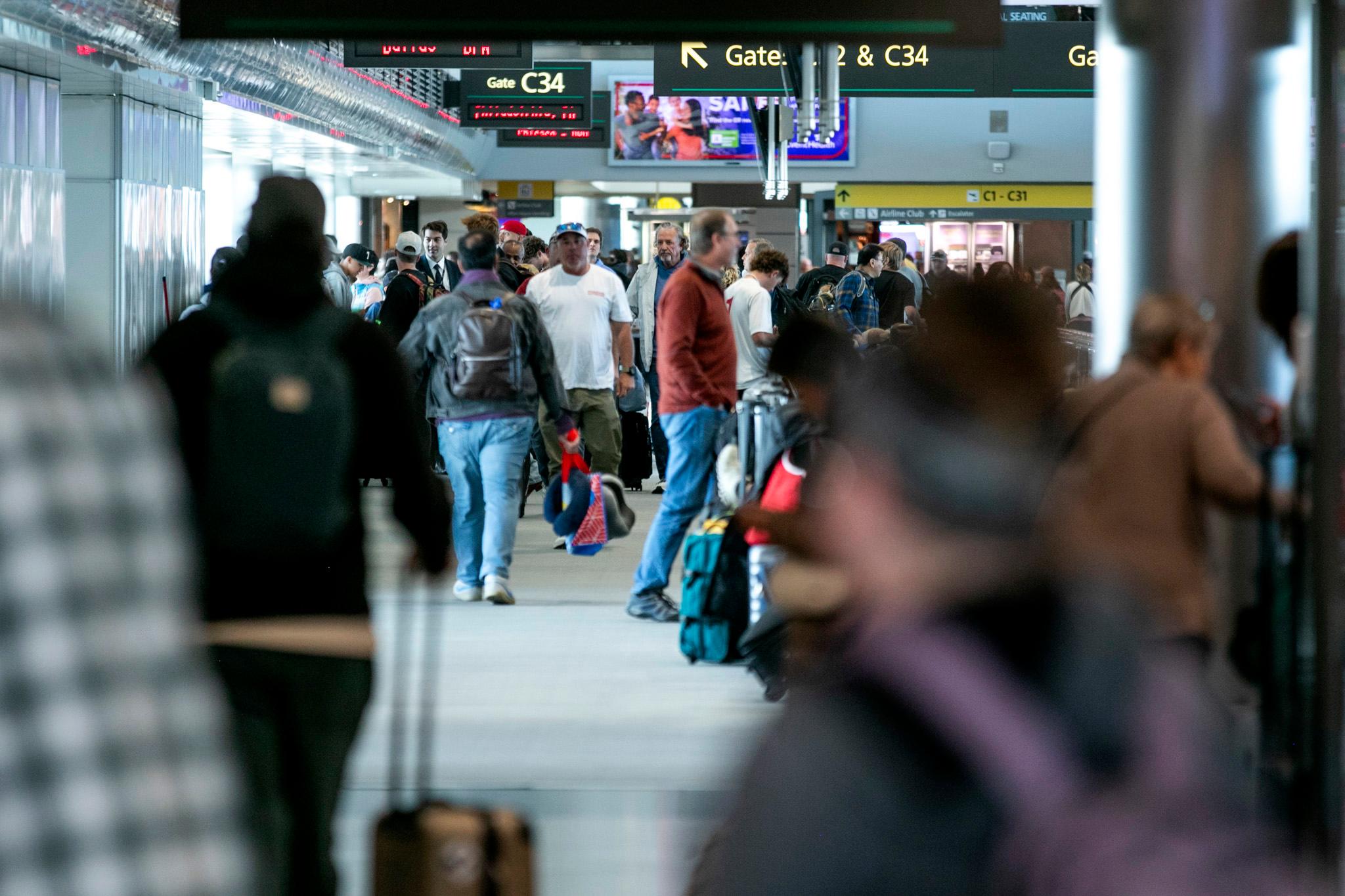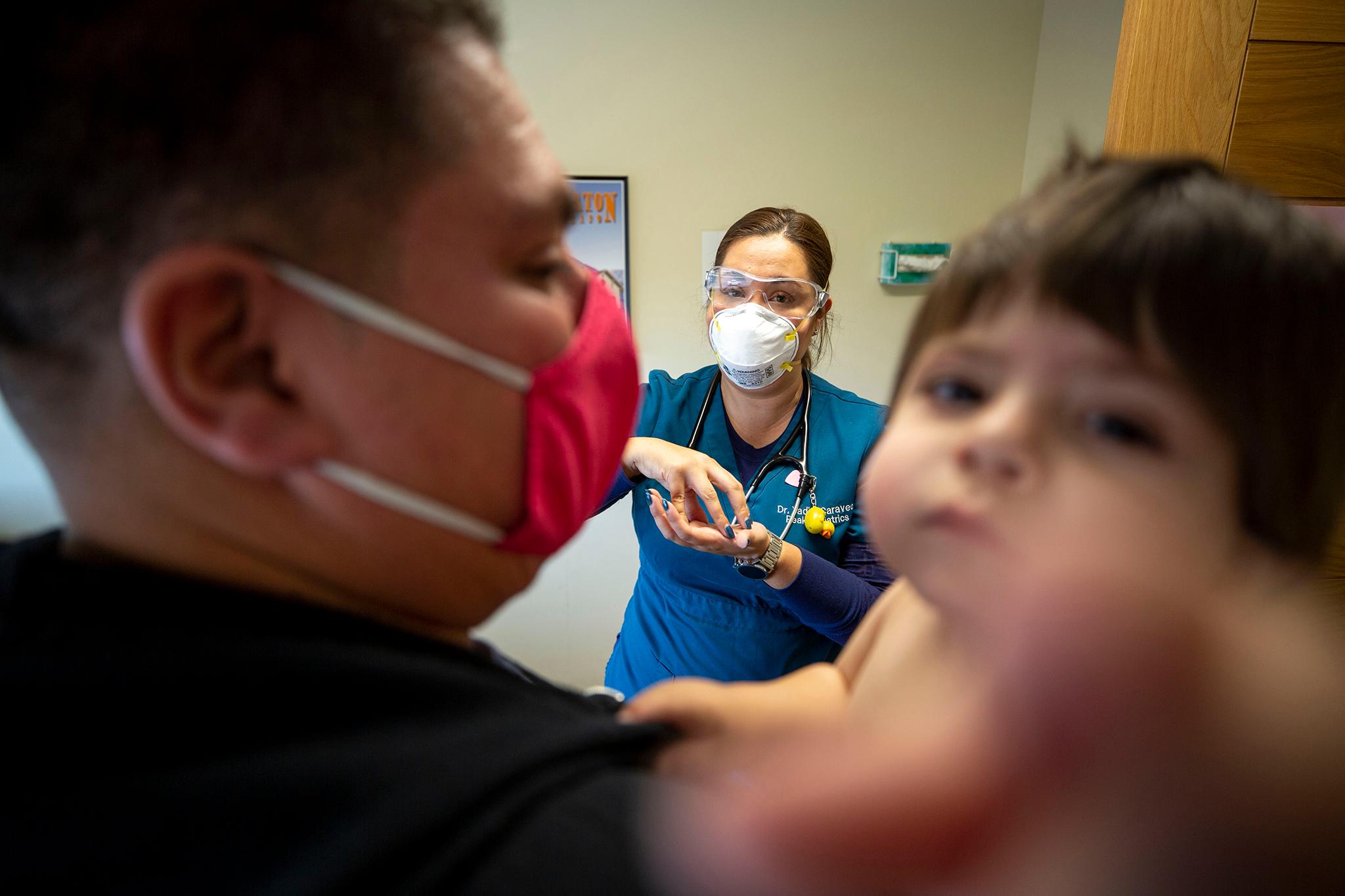
In early December, with coronavirus deaths and hospitalizations at the highest levels of pandemic, Colorado’s top public health leader took questions from the state legislature’s Joint Budget Committee.
The topic was health disparities, which have been underscored by the crisis.
The tension was clear between Jill Hunsaker Ryan, executive director of the Colorado Department of Public Health and Environment, and committee member Rep. Leslie Herod, who chairs the Black Democratic Legislative Caucus.
After a presentation from Ryan, Herod, from Denver, one of the six members on the bipartisan panel, noted that last summer Ryan’s agency and the governor had declared racism a public health emergency.
“I'm wondering what you're doing to ensure that we are having an equitable response when it comes to COVID, but also addressing that public health declaration, which was much larger than just the COVID response,” Herod asked.
Herod’s question reflected the worn patience of many leaders of Colorado’s communities of color who have watched their neighbors catch COVID-19 at higher rates than white Coloradans. Worse, for much of the pandemic, Black and Latinx residents have suffered from more serious outcomes, including deaths and hospitalizations, at rates disproportionate to their population.
It’s a problem been seen nationwide, but the limited opportunity to study the coronavirus has left public health leaders guessing at the reasons for it. The higher case numbers could be partly explained by the simple fact that it is a virus, driven through close contact in neighborhoods and communities. But the unusually dire outcomes could be connected to pre-existing conditions more prevalent in certain communities and made worse by a lack of access to regular health care.
In Colorado, the state health department increased testing availability and access, with more than 50 free community testing sites, including neighborhoods with large numbers of Black and Latinx residents. It created guidelines for a public health response for people with limited English proficiency and provides translations of critical materials on the state’s COVID-19 website in Spanish, as well as Vietnamese, Simplified Chinese, Arabic, Nepali and Somali.
The governor, who speaks Spanish, has a Facebook page in Spanish, social media posts and press releases are translated, and his COVID-19 press conferences are translated into Spanish and posted to Facebook.
Still, the administration has missed some opportunities to put people of color at the forefront of its response. Community leaders are pushing for more inclusion at top levels of decision-making, comprehensive long-term strategies and more concrete action.
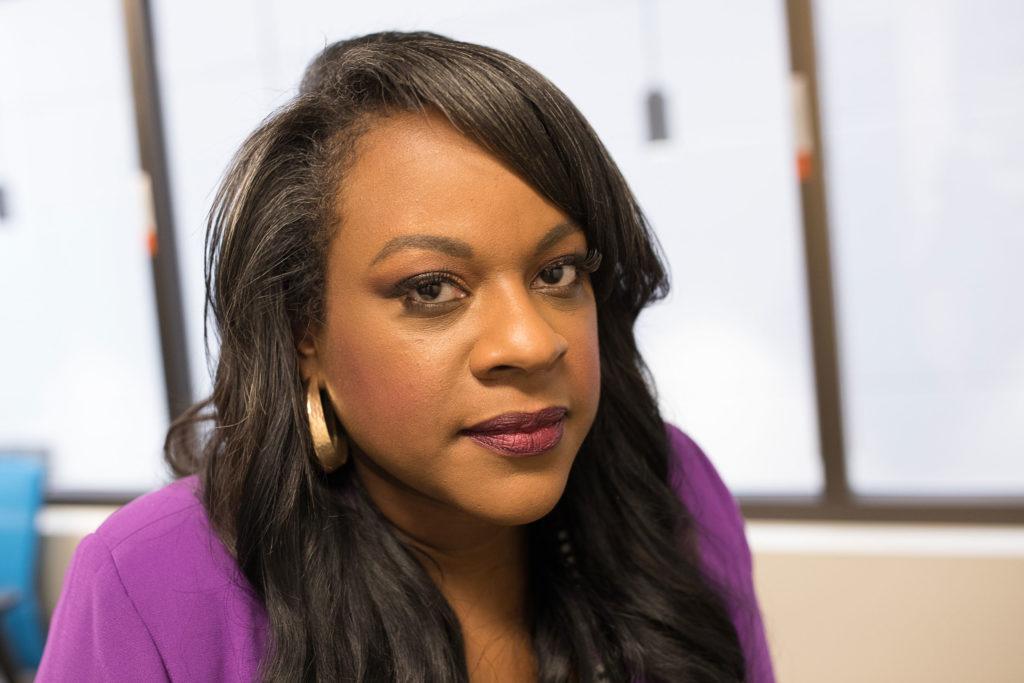
Herod told Ryan she didn’t see any recommendations in the agency’s budget requests for next year, or about tracking progress toward how to tackle that “pretty big declaration” that CDPHE would start treating racism as a public health emergency.
She also noted that the administration had phased out a diverse 19-member panel, the COVID-19 Health Equity Response Team. Earlier in 2020, the governor asked that group to develop plans for helping communities of color weather the pandemic, but then allowed it to expire late in the summer.
Recently, the director of CDPHE’s office of health equity, Web Brown, resigned. Brown, who is Black, was one of few people of color within the department’s leadership. One other is the human resources director.
Brown declined an interview request.
When asked about specific details of the diversity in its leadership ranks, a spokeswoman said, via email, that at the end of July, the 20-member CDPHE leadership team included four people who identify as non-white. It was an even split between men and women. “We can’t break down by ethnicity because it would be easily identified,” she wrote. (Brown departed in the fall, and it’s not clear if the numbers include him or not. CDPHE didn’t respond to a request for clarification before CPR’s deadline about what the numbers are today. A total of eleven people are listed on the leadership page on the agency website.)
Rep. Serena Gonzales-Gutierrez, a Denver Democrat, said she’s asked the governor’s office for more information about the diversity within the ranks of the health department and the state’s executive team. Conversations continue between his office and the Colorado Democratic Latino Caucus, she said. Meantime, Gonzales-Gutierrez credited the governor for diverse appointments to judicial posts and boards and commissions.
“We've been on a positive track there, so that I feel confident that we can continue” to increase that diversity she said.
In the JBC meeting, Ryan assured lawmakers she and her team were working on it.
“Health equity is a high priority for me, it’s a high priority for the department. Equity and inclusion, diversity is a high priority for the governor, that’s why he created the executive order,” Ryan said.
That order asked all agencies to create a strategic equity and diversity plan, she said, adding that her department is in the process of hiring an equity, diversity and inclusion officer, a post to which more than 70 people applied.
Ryan said the agency had followed recommendations from the sunsetted health equity group to beef up testing in communities of color and provide information about COVID-19 and the state’s vaccine response. Ryan said she would replace Brown, but first wanted to start with an assessment and hear from stakeholders and lawmakers, and then look at hiring a director.
“I think that we do have an opportunity to reimagine the office,” Ryan said, adding that includes the “COVID response, declaring racism as a public health crisis, the racial reckoning that's going on.”
But that reckoning has spotlighted the relatively low profile of a division that could have been brought to prominence in the pandemic fight much earlier.
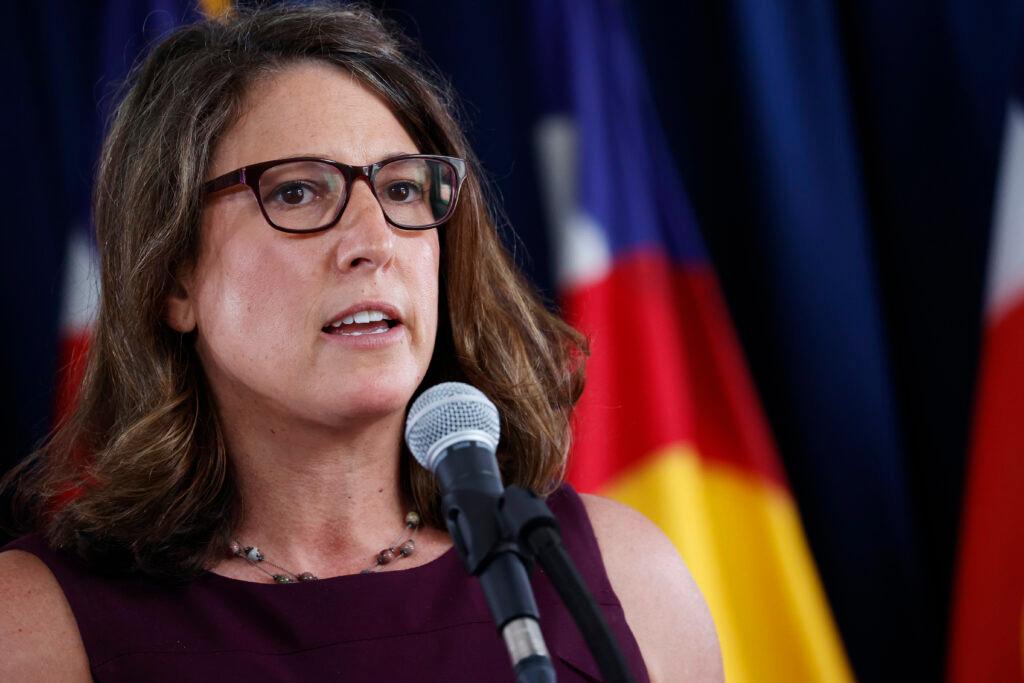
In the spring, with coronavirus taking off in Colorado, a group of lawmakers from the General Assembly's Black and Latino Caucuses, held a meeting, remotely, with Brown. It was notable, in part, because many didn’t know much about this division, which was established specifically to address the health disparities most keenly felt by their constituents.
“We had a kind of introductory meeting with this office, and a lot of us didn’t know it existed,” said Gonzales-Gutierrez, who represents a district in southwest Denver. “So we were really interested in learning more.”
For some of those lawmakers, the moment represented a bit of a disconnect between a stated goal of combating health inequities, and frustration about the persistence of those conditions in the middle of a global pandemic.
“It felt odd that for many of us, this was the first time that we were being introduced, right? In a moment of crisis,” said state Sen. Julie Gonzales, a Democrat from Denver, who at that point had been in office for a year and a half.
Pandemic Highlights Inequities
The renewed focus on health disparities comes after a year of intense pressure and rapid change in the world of public health. Departments and their employees have been attacked and threatened for doing their jobs, feeling the heat from those unhappy about public health measures and their consequences.
They’ve responded to a “twindemic,” a global pandemic the likes of which haven’t been seen in a century, and the racial justice movement that sprung up in the wake of George Floyd’s death. All of that caused a heightened focus on racial inequities in virtually every area of life, including health.
“I think that work (in health equity) is more critical than ever,” said Gonzales. “We can't just go back to normal and expect that everything's going to be okay. Because it wasn't. Because there were inequities within our health care system and within health access more broadly prior to the pandemic. The pandemic just illuminated and exacerbated those disparities.”
“I think that the COVID-19 pandemic has just highlighted how poor Colorado and this country is doing when it comes to the health equity response. Most of the approaches that we have used in the past just aren't working," said Herod.
“These things have helped to create, I think, more of a societal will to look at this and try and address it in a meaningful way,” said Dr. Irene Aguilar, a former state lawmaker. She noted the tumult of 2020 has forced the broader community to recognize and face disparities underserved communities have known all too well for decades. “I'm talking about the wealthy and well connected and powerful people who are disproportionately white in the United States.”
But the push for change comes as CDPHE’s leadership reckons with a brain drain at the top. A number of high-profile leaders departed from the agency. That left remaining employees working in new and unfamiliar roles, in place of others with deep experience. Meantime, behind the scenes employees have been pushing for the agency to step up its game to address systemic racism.
A Chance To 'Go Big'
A variety of community leaders, including health providers and lawmakers from the state’s Black and Latino Caucuses, see the pandemic as providing an opportunity for Colorado to make real progress in addressing the stubborn array of factors that undermine the health of diverse communities.
When asked if Polis and his administration had done enough to combat health disparities exposed by the pandemic, Herod said “as the chair of the Black Caucus, I would say no.”
"This is personal," she said. “I'm just seeing my community members die at alarming rates, right? And get exposed and have poor health outcomes because of COVID. So nothing's, quite frankly, enough, but I think that the blueprint is there,” she said.
Now is the time to go big, said Dr. Tamaan Osborne-Roberts, a family physician in Denver and the first person of color elected to serve as president of the Colorado Medical Society, a major doctor’s group.
He proposes state government conduct a top-to-bottom review, along with strategic planning, to examine policies regarding health equity and diversity, with a goal of “becoming an anti-racist government.”
“Really this is something that needs to occur across all of government,” Osborne-Roberts said. “We have reached a very unique place in American history, where there's an opportunity to move forward on these sorts of issues in a way that there hasn't been previously. And this is something that we're seeing in a range of private organizations.”
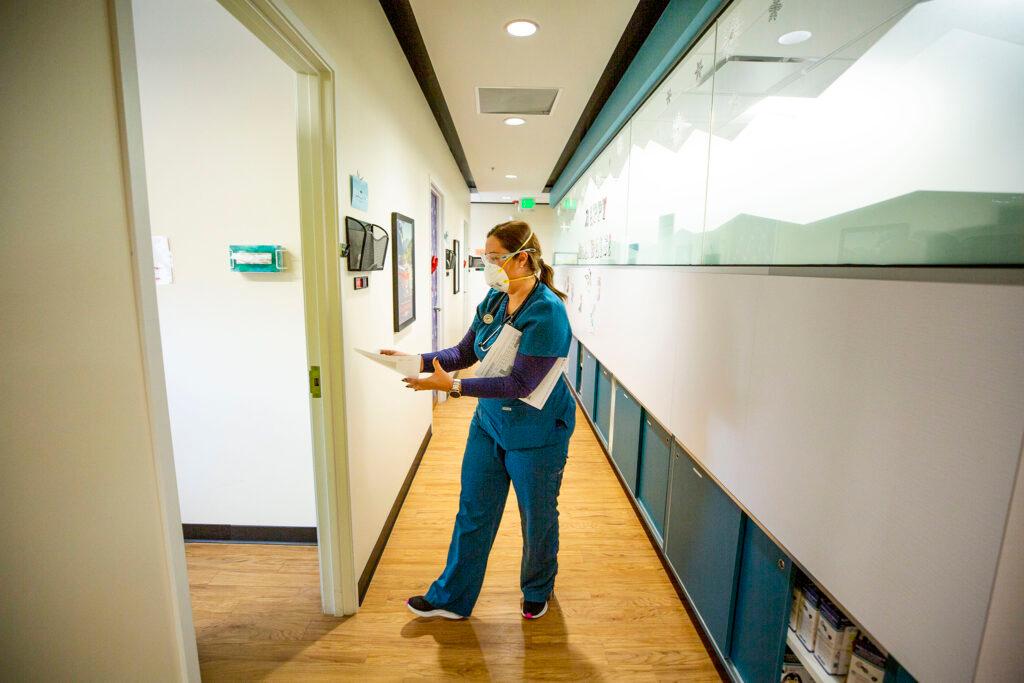
One way to achieve that would be to create “a set entity to deal with diversity, equity and inclusion, and in my opinion, it should be at the cabinet level,” he said. “I believe it would be an appropriate way to move forward on these issues in a way that has teeth.”
Building a diverse and representative public health workforce has proven elusive, around Colorado and the nation. “I think public health in general is very white and it's very female and that's just the nature of the profession itself. Then when you talk about leadership, that is even more so the case,” said Theresa Anselmo, executive director of the Colorado Association of Public Health Officials. “We definitely need to do a better job in public health at recruiting and hiring and getting folks interested in public health that actually represent the communities that they serve.”
One analysis from 2013 found 80 percent of Colorado’s state health department workforce was white, more than the 70 percent of the state’s population that group represented at the time. For local health departments the figure was even higher. Blacks and Latinx residents were also underrepresented in other parts of the health care workforce, like as registered nurses, mental health providers and dentists.
"Any diversity that can be brought on is a good thing," said Democratic Rep. Yadira Caraveo from Thornton, the only doctor in the state’s general assembly. "I don't think that we have a government overall, and that includes at the legislative level, and at any other level that is fully reflective of the diversity of Colorado. We certainly don't have that in medicine."
Aguliar said health disparities need to be dealt with in the context of broader underlying factors, known as social determinants, of health. The federal Centers for Disease Control and Prevention defines those as “conditions in the places where people live, learn, work, and play that affect a wide range of health and quality-of life-risks and outcomes.”
Aguilar served as a state senator for eight years. For many years, she also worked in primary care internal medicine for Denver Health, in a clinic on the city’s west side, treating a patient population that’s 75% Latino. Then she hung up her stethoscope to help combat those health disparities as director of the city’s Neighborhood Equity and Stabilization program.
Now her job is all about housing, and preventing residents from being displaced. The program was created in 2018 with the goal of helping longtime residents and businesses remain in fast-changing neighborhoods like Globeville, Elyria-Swansea and much of west Denver. Aguilar believes much of solving health disparities in Colorado will depend on dealing with education, jobs and economic opportunities. “We need to deal with income inequality,” she said.
Emerging research points to existing societal factors as key to understanding racial gaps exposed by the pandemic. For Black and Latinx Americans, exposure to the virus at work and at home appear to be at the root of higher rates of infection and death.
Dr. Terri Richardson, an internist, with the Colorado Black Health Collaborative, agreed the time is ripe to deal with health inequities and their broad societal drivers. “This is an extremely good time to do it while it's kind of fresh in everyone's mind,” she said. But she said it was important to acknowledge the roots of the disparities go back to historic discrimination over generations. “I mean we’re dealing with age old issues.”
“But now I think because of COVID more people are attentive to what was happening. And I think we don't want to let this moment slip away. We've got to try to do something big and bold. Don’t be afraid to draw outside the lines. Reimagine things.”
Vaccines: The Next Big Test
The effort to limit Colorado’s most pernicious health disparities during the pandemic will face its most immediate, and perhaps toughest, test yet as the state ramps up a massive and unprecedented COVID-19 vaccine program.
The governor and his team unveiled the state’s plans to distribute the vaccines earlier this month. That process is already unfolding and set to last until next summer.
A recent Colorado poll, conducted before the vaccines arrived, found just 60 percent of respondents said they'd be willing to take a COVID-19 vaccine. That's less that the 70 percent estimated by medical groups needed to reach broad protection through herd immunity. The figures were lower with key demographic groups, including Latinx and Black Coloradans, Republicans, women, and those with a high school education or less.
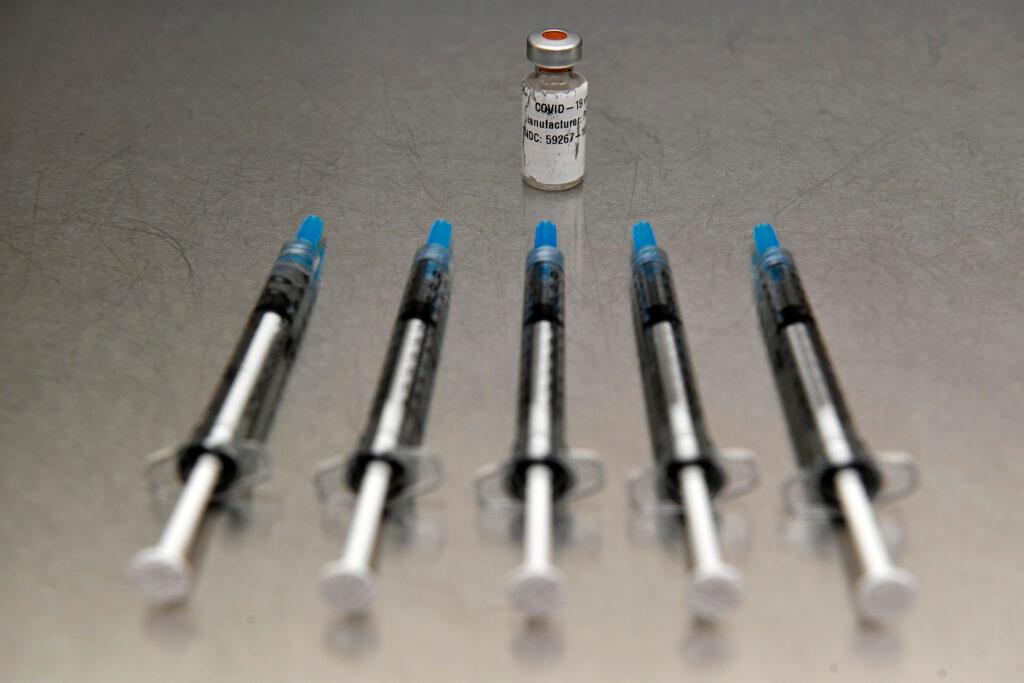
So far, research shows the emerging vaccines appear to be safe and effective, though allergic reactions have been reported in a small number of cases. If that holds, for many doctors and public health officials, the next big hurdle is achieving broad community uptake.
“What keeps me up at night is if people do not want to get vaccinated for whatever reason,” said Dr. Richard Zane, chair of the Department of Emergency Medicine at the University of Colorado School of Medicine.
Caraveo said many Coloradans, including those in her diverse district, will look to physicians and other providers for guidance.
“I think as with most issues around health the best messengers are the doctors and the nurses that are seeing the patients and clinics and hospitals every single day,” said Caraveo, a pediatrician, who said she’s ready to get the vaccine herself. “I think the best person usually to get information from is your own doctor.”
Clear and consistent, fact-based messaging is key, she said.
Richardson said the roll out would be a key chance for both state and local public health agencies to make an important impact for communities of color. She said she’s been asking a variety of patients and community members their thoughts about the vaccine, and getting a wide variety of responses, including some skepticism. That includes things “they're seeing on the internet, like ‘they’re going to be injecting a chip into your body.’”
Many have questions.
“I know that people are concerned about the safety, is it really effective?” she said.
The best approach in a number of diverse groups, health leaders and lawmakers said, is to answer those questions through trusted leaders, whether they be neighborhood health clinics and providers, or other institutions like churches.
“The point is to try to get connected with community groups, but also organizations in the community just to kind of get all the perspective, so that when you're doing planning, the outreach, you will have hit as many people as possible,” Richardson said.



